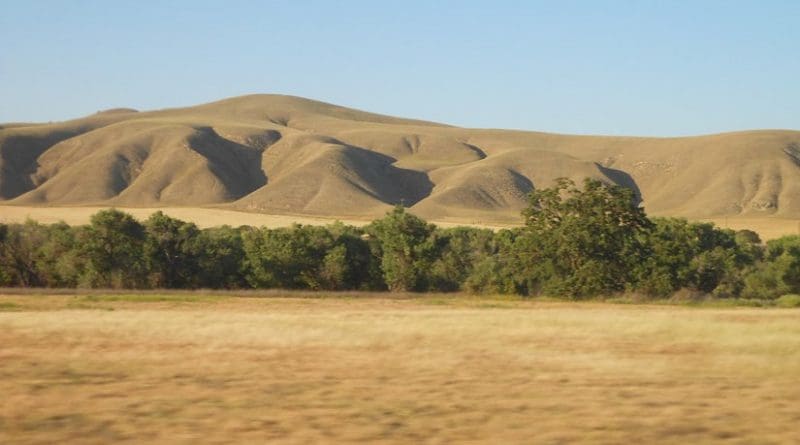US National Forests And Grasslands May Yield Less Water In Future Climate
A warmer climate may lead to higher growth and productivity on U.S. national forests and grasslands, but university and U.S. Forest Service researchers say this could reduce quantities of freshwater flowing from most of these lands, even with increases in precipitation. Results were published today in Scientific Reports.
“The national forests and grasslands managed by the U.S. Forest Service represent only 9 percent of the U.S. land area, but play an important role in providing freshwater that contributes to about 14 percent of the national water supply,” said Kai Duan, a North Carolina State University postdoctoral researcher working with the Forest Service Eastern Forest Environmental Threat Assessment Center and the study’s lead author. “A notable tradeoff between water yield and productivity is expected to intensify under higher greenhouse gas emissions and associated climate change in the future, posing greater challenges to managing these lands and balancing these important ecosystem services.”
Researchers used the Water Supply Stress Index model to simulate changes in water and carbon cycles on 170 U.S. national forests and grasslands based on projections from 20 global climate models. Even though climate models project higher levels of precipitation in the future, the researchers found that forested watersheds could become drier because forest water use (through evaporation and transpiration) will increase dramatically with higher air temperatures.
By 2100, this elevated water use could increase ecosystem productivity – the growth of trees and other vegetation — by 8 to 24 percent, leading to a projected 4 to 7 percent decrease in water yield. The most severe declines in water yield could be seen in the Northwest, West North Central, and Southwest regions of the United States.
“From a long-term perspective, the major threat that climate change poses on forest ecosystems is the large rise in air temperature and altered patterns in water balance,” said Ge Sun, Eastern Threat Center research hydrologist and corresponding author of the study. “A better understanding of water and carbon responses to climate change is vital for land managers and decision makers to develop appropriate mitigation and adaptation strategies to sustain the broad variety of ecosystem services provided by our national forests and grasslands.”

